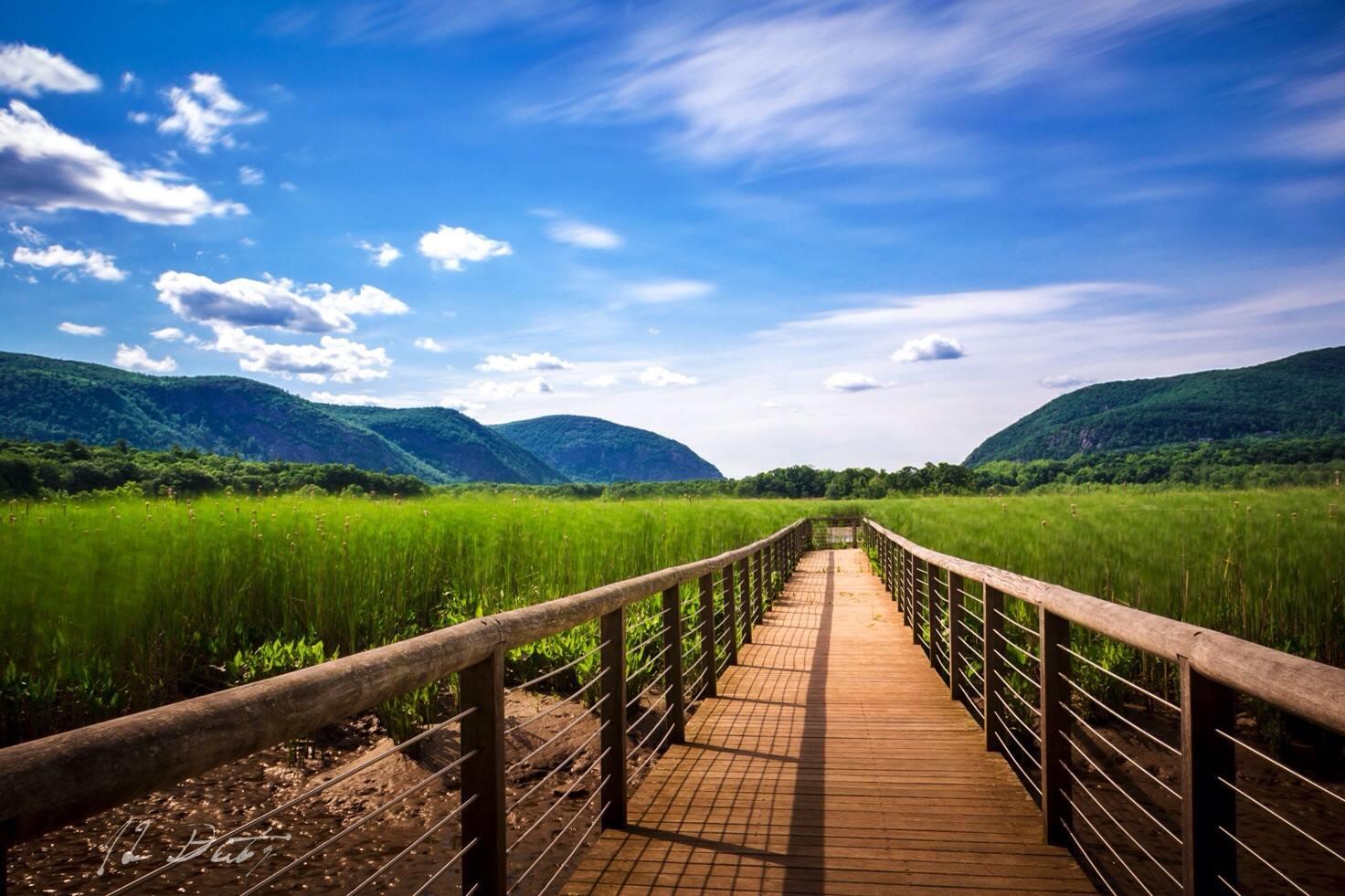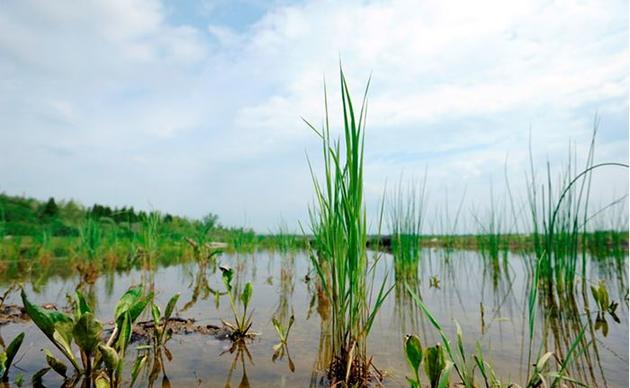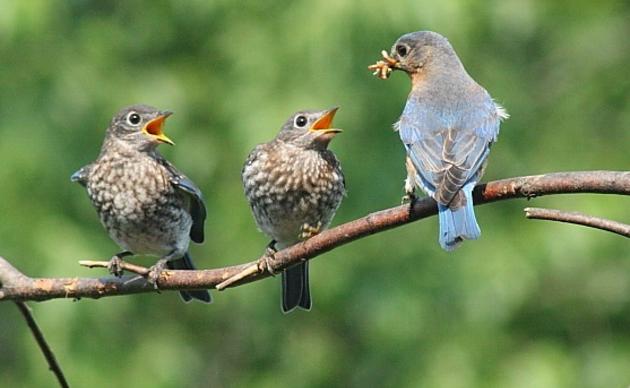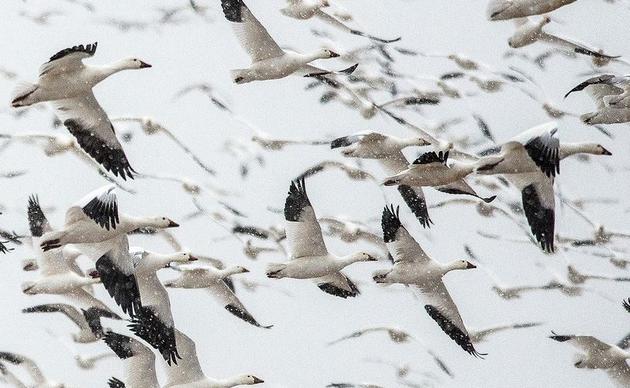GET INVOLVED BY ADOPTING AN IMPORTANT BIRD AREA!
Local community members play a vital role in furthering the goals of the Important Bird Areas (IBA) program. Through the Adopt an IBA initiative, a local group (such as an Audubon chapter, local land trust, bird club, school group, etc.) adopts an IBA and energizes a collaborative effort to get others involved at the site in an environmentally sensitive way. Involvement can include organizing an education program, monitoring effort, clean-up day, or habitat improvement project. Adopting an IBA helps conserve, restore and protect the site and helps raise awareness of the importance of the IBA effort at at local level.
BENEFITS
- Participate in and assist an international bird conservation program
- Promote a community-based program that adds to a region's quality of life
- Participate in bird and habitat conservation through meaningful citizen science efforts
- Implement exciting projects that combine science, education, and birding
- Create new public outreach opportunities
EXAMPLES OF ACTIVITIES
- An education program that engages people in learning about birds and their conservation.
- A monitoring program that collects data to document the occurrence, breeding status, or long-term changes in bird populations and habitat at the site.
- A resource management program such as a trash clean-up day, birdhouse construction/installation, or recycling program.
- A habitat restoration project such as an invasive plant control effort or native planting.
- An outreach program to foster community support for the IBA site such as an annual birding festival, bird walk, or other event.
TO ADOPT AN IBA OR TO LEARN MORE, CONTACT:
Laura McCarthy, Manager of Conservation Engagement
Audubon New York
2 3rd St, Suite 480
Troy, NY 12180
518-869-9731 (phone)
518-869-0737 (fax)
How you can help, right now
Donate to Audubon
Help secure the future for birds at risk from climate change, habitat loss and other threats. Your support will power our science, education, advocacy and on-the-ground conservation efforts.





